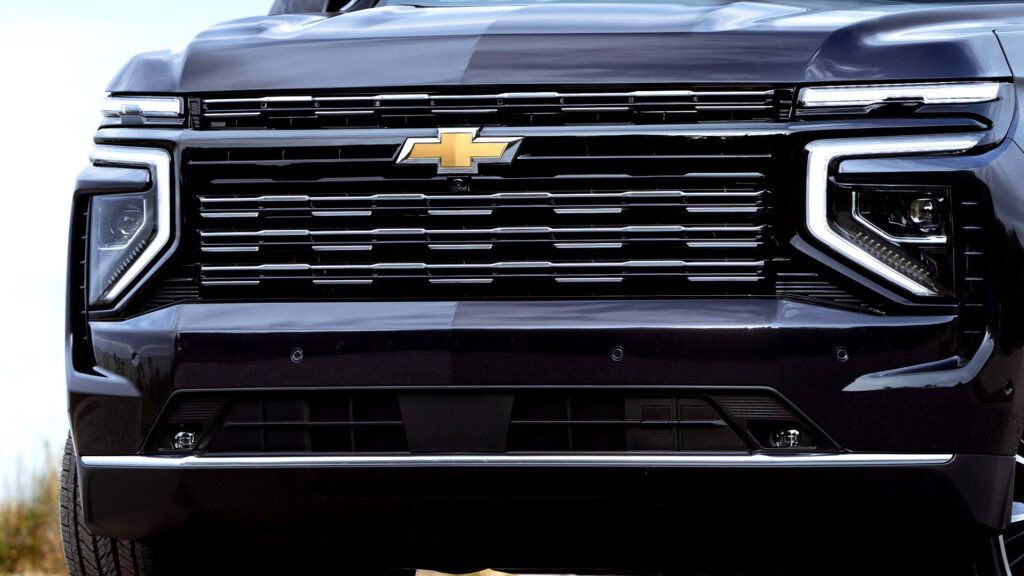The sands of the automotive industry are always shifting, but 2025 has been on another level. The Trump administration’s policies, , and removal of regulatory hurdles are changing the landscape incredibly fast. One byproduct is the expectation that big SUVs and trucks will get a new lease on life. Automakers couldn’t be more excited about that.
Specifically, the CEOs of the ‘Big Three’ in America are clearly fans of what they see coming. Trump’s EPA has removed penalties for automakers that fail to meet CAFE standards. That’ll save car companies billions every year.
With no penalty for building , they have the ability to lean into those high-margin segments even more than they already do.
More:
reports that Stellantis CEO Antonio Filosa openly said, “This will mean to us a lot of additional profit.” Speaking of the new industry landscape, Mary Barra said on an earnings call that “It also gives us the opportunity to sell EV vehicles… Excuse me, ICE vehicles, for longer and appreciate the profitability of those vehicles.”
Ford’s Jim Farley is on board too, saying, “This is a multibillion-dollar opportunity over the next couple of years.”
EV momentum slows as profits take priority
All three of these brands have spent billions development, CAFE fines, and other tech in an effort to expand into more sustainable products. GM promised years ago that it would be an EV-only brand by 2035. Ford was planning to build a three-row EV in Canada. Stellantis famously axed the HEMI and kicked off the latest Charger generation with EV power only.
Clearly, it’s proven very tough for them to successfully break into the EV space and so the incentive now is to lean back into what they already know makes a big profit, ICE vehicles. Stellantis is going to announce new information on the gas-powered with the Sixpack in just a few days.
Ford is now going to build big trucks in Canada rather than the three-row electric SUV, and GM hasn’t mentioned its all-EV by 2035 plan in quite some time.
Trucks, SUVs, and a new strategy
From a business standpoint, the pivot makes sense. American consumers continue to buy large vehicles in high volumes.
“Americans do like buying giant vehicles,” said Adam Lee, chairman of Maine-based Lee Auto Malls. “They’re going to see how many more giant SUVs they can pump out, because they sell a lot of them and make a lot of money on them.” He’s concerned that without continued investment in EVs that the US will fall behind in terms of sustainability and technology.
For now, there’s no reason to think that automakers are going to scrap the EV work they’ve done, but their focus is likely changing for at least the next few years. It’s easy to see a path where the roadways are even more full of giant vehicles than they already are.


 by
by 

